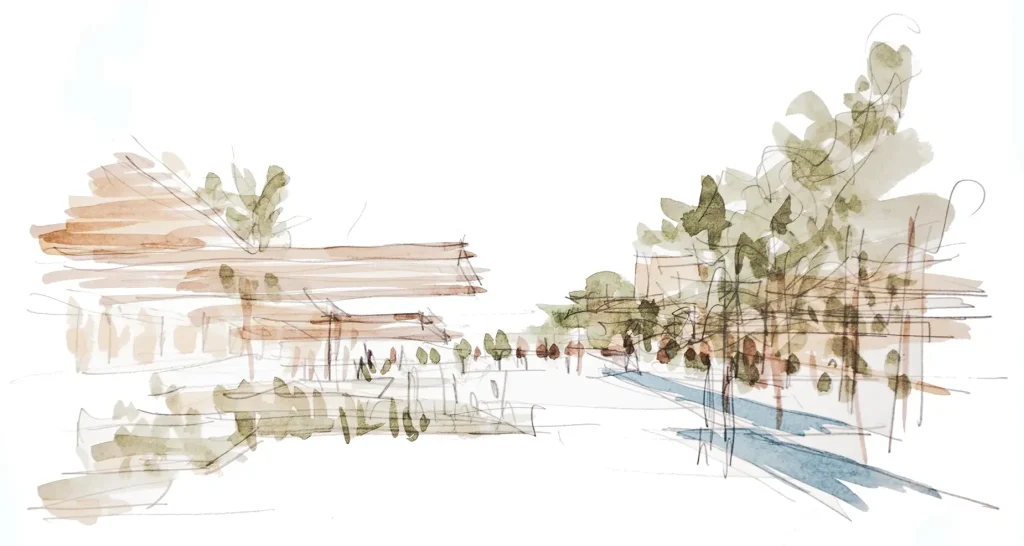"Jubail Port has been designed as an experience previous to the place that awakens in the user the feeling of living in a Natural Park."
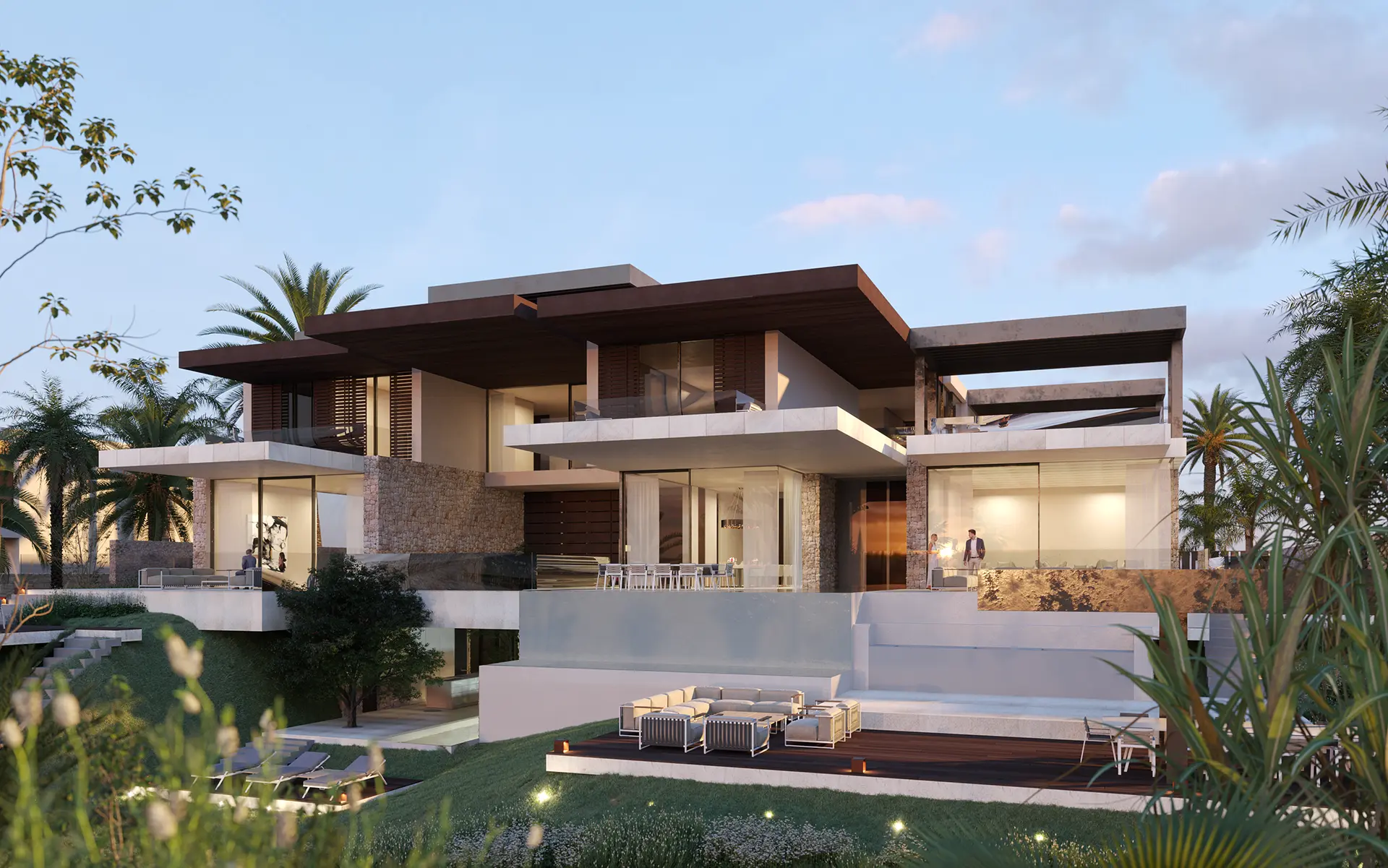
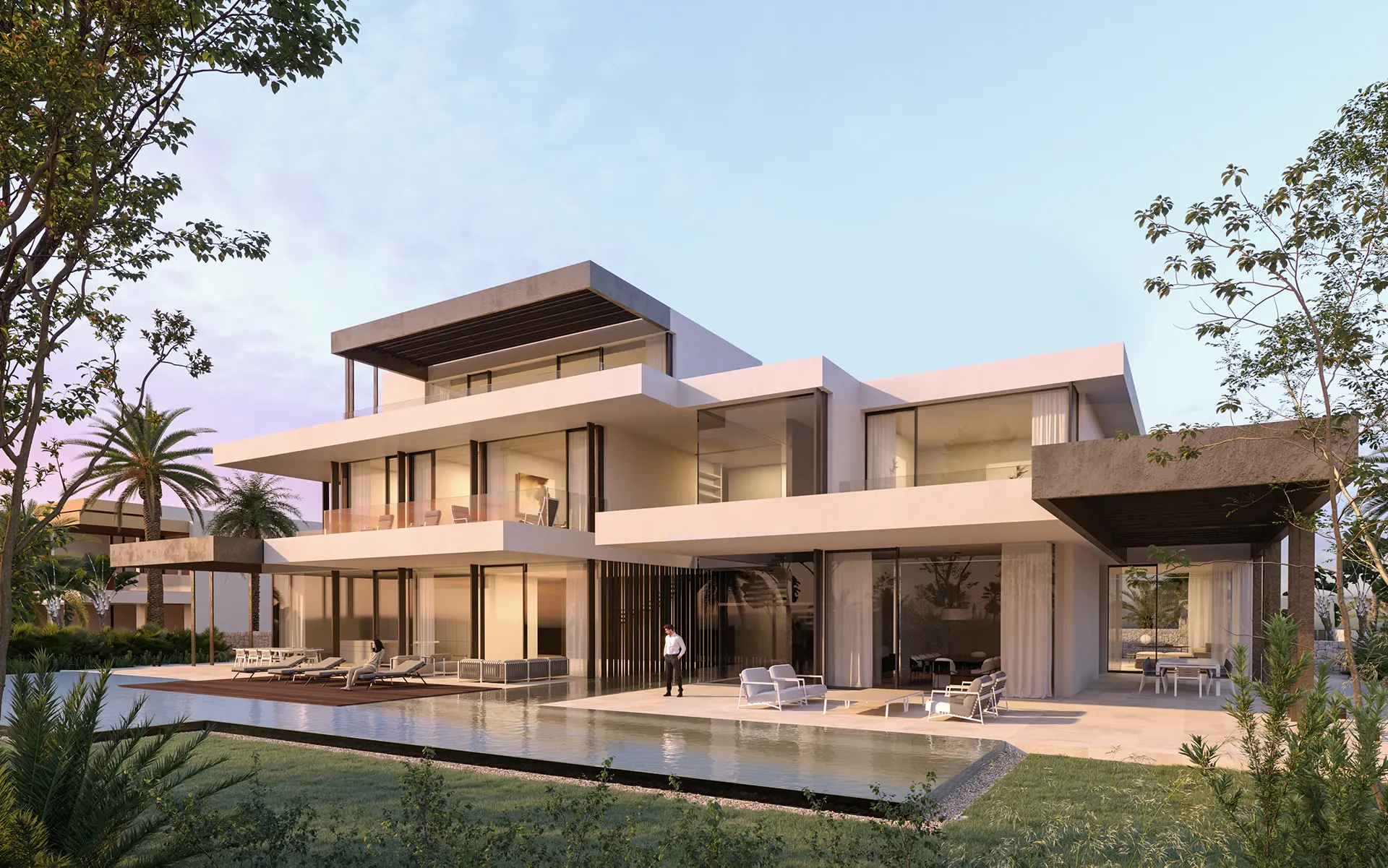
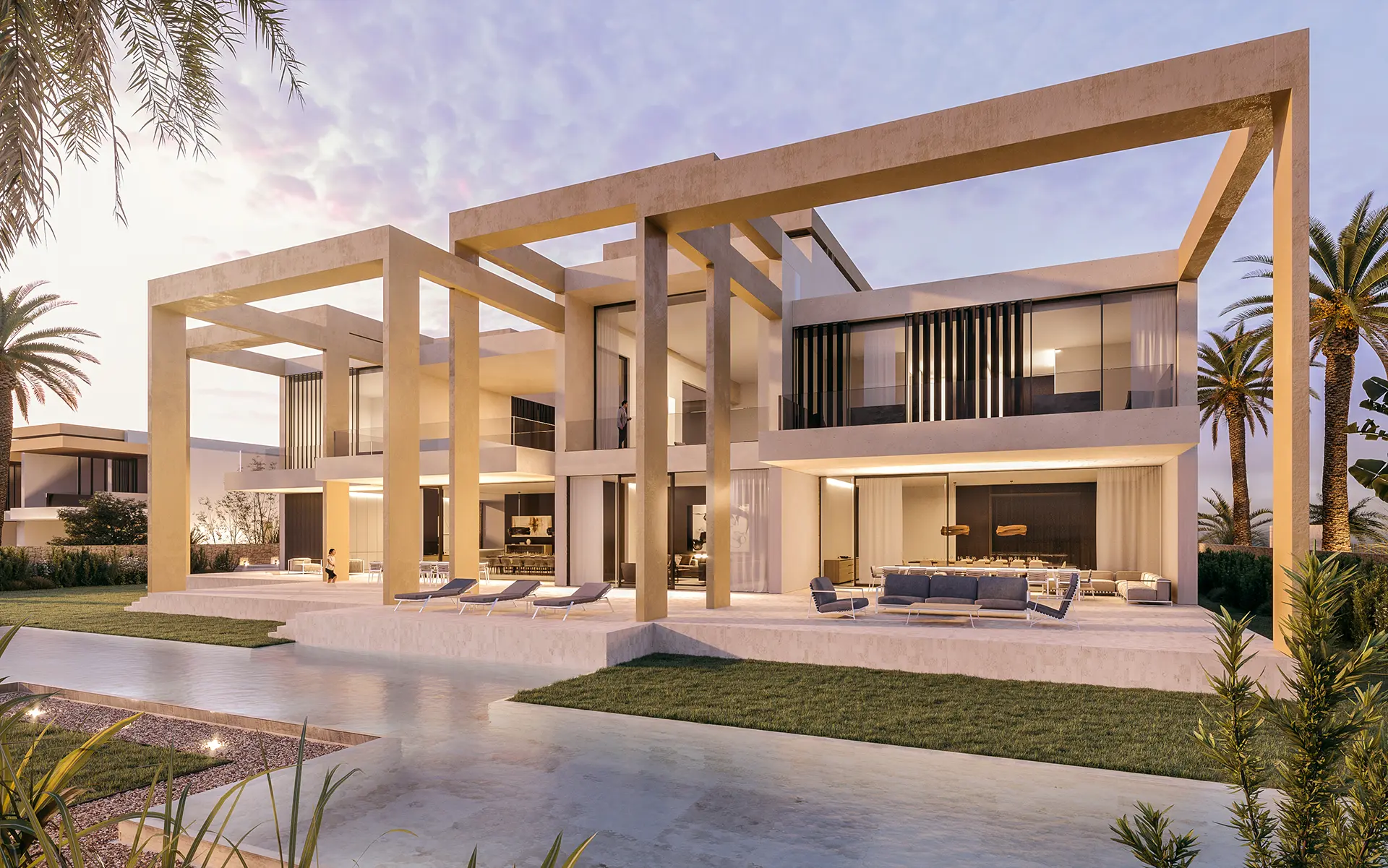
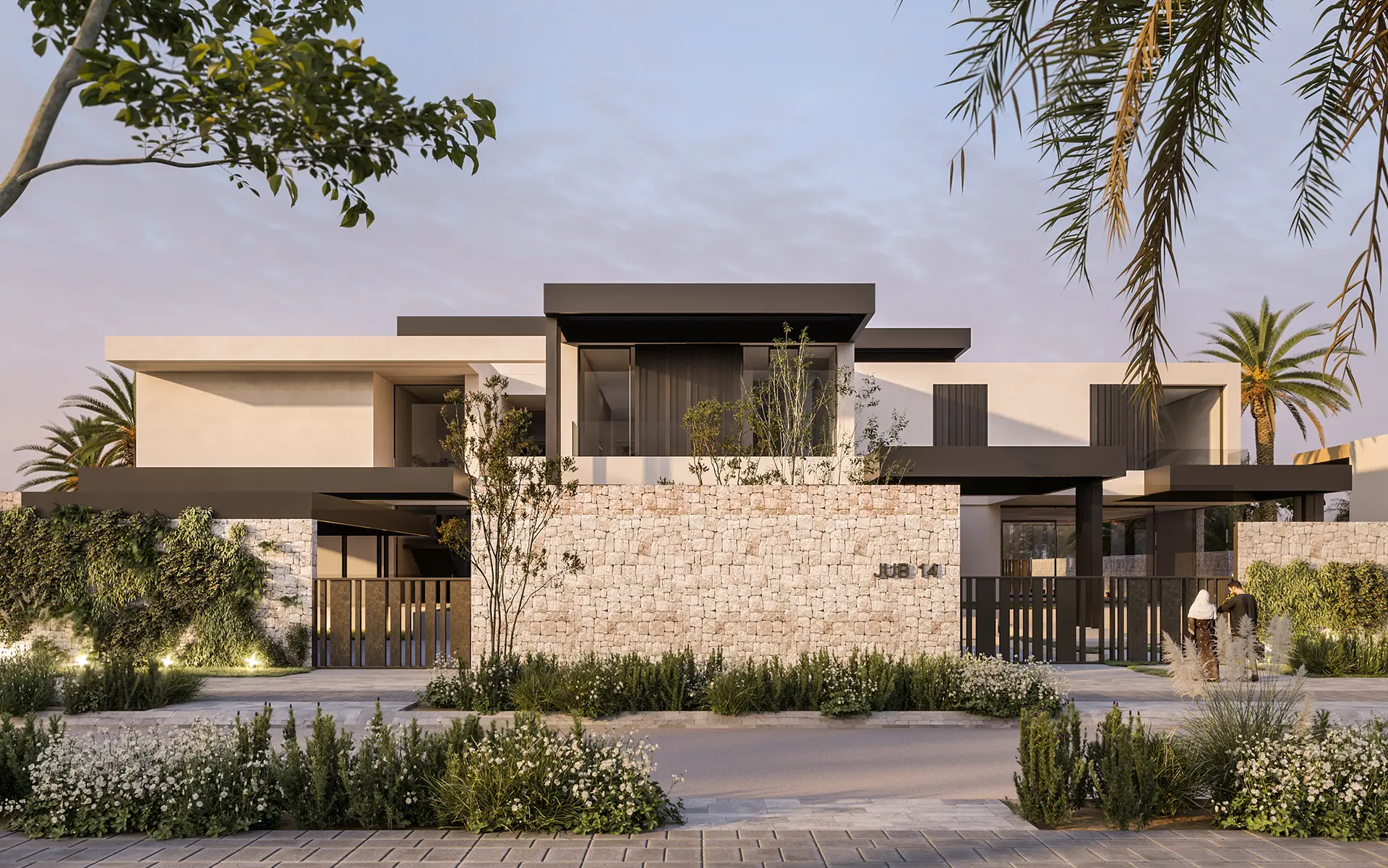
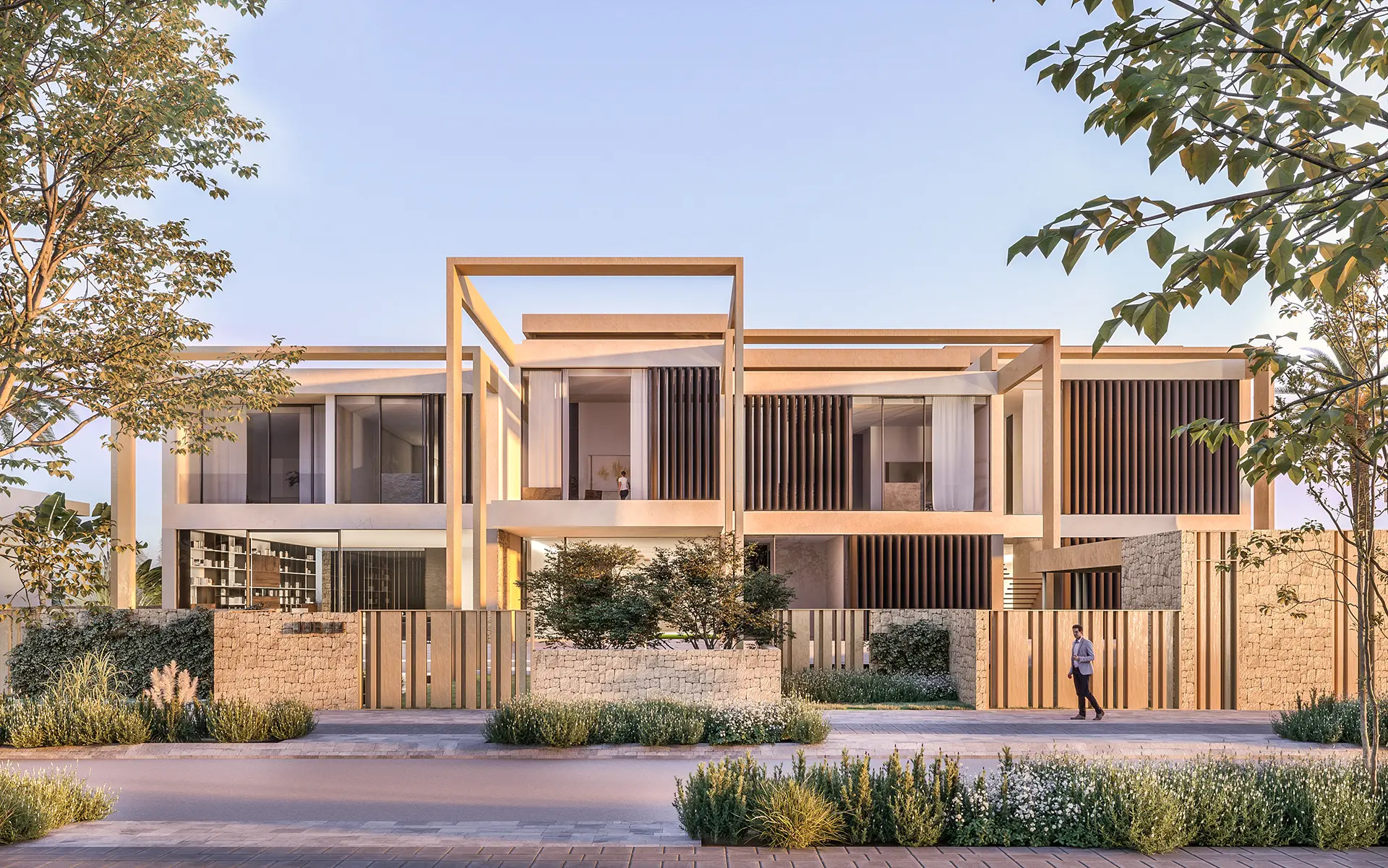
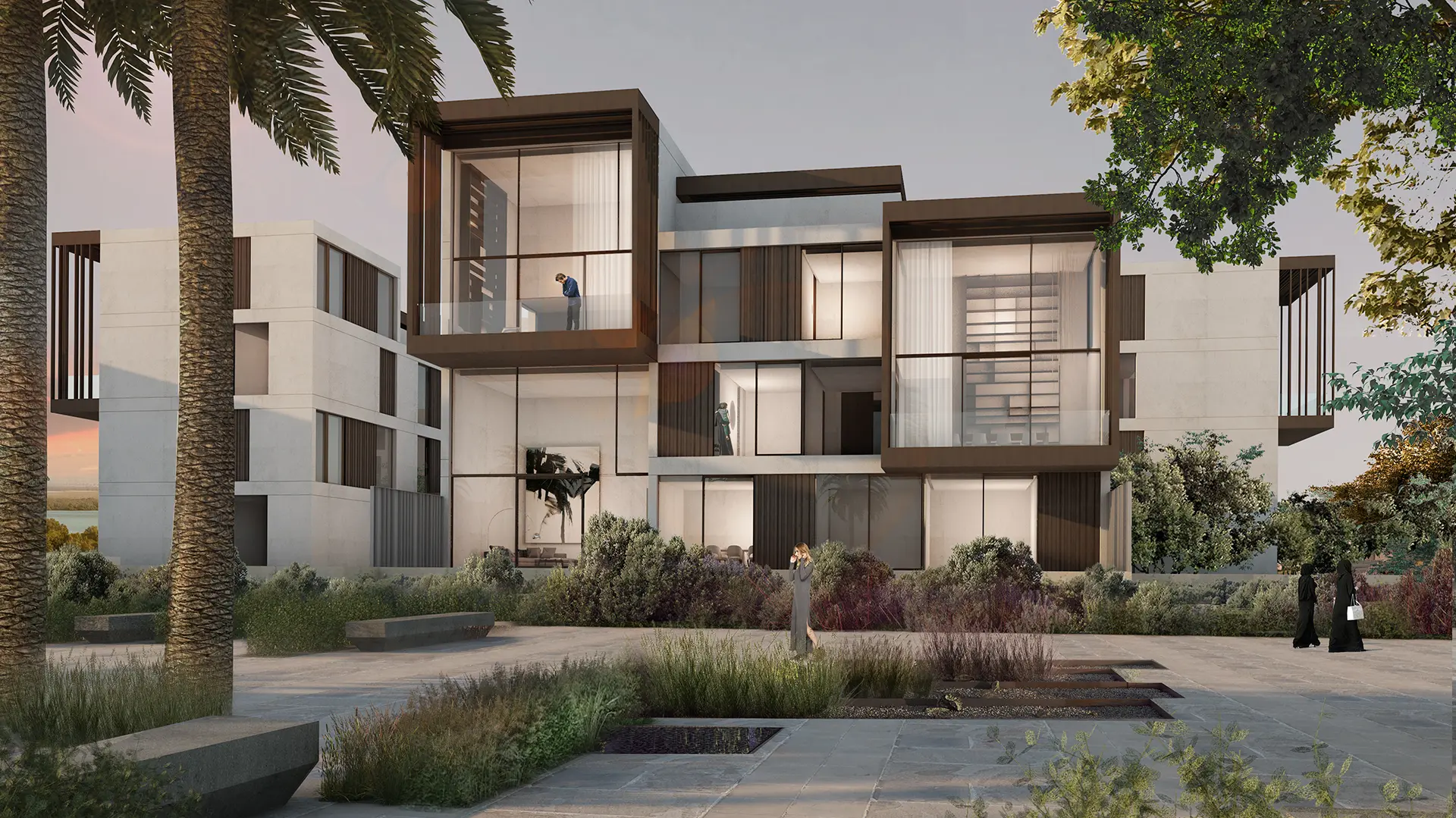
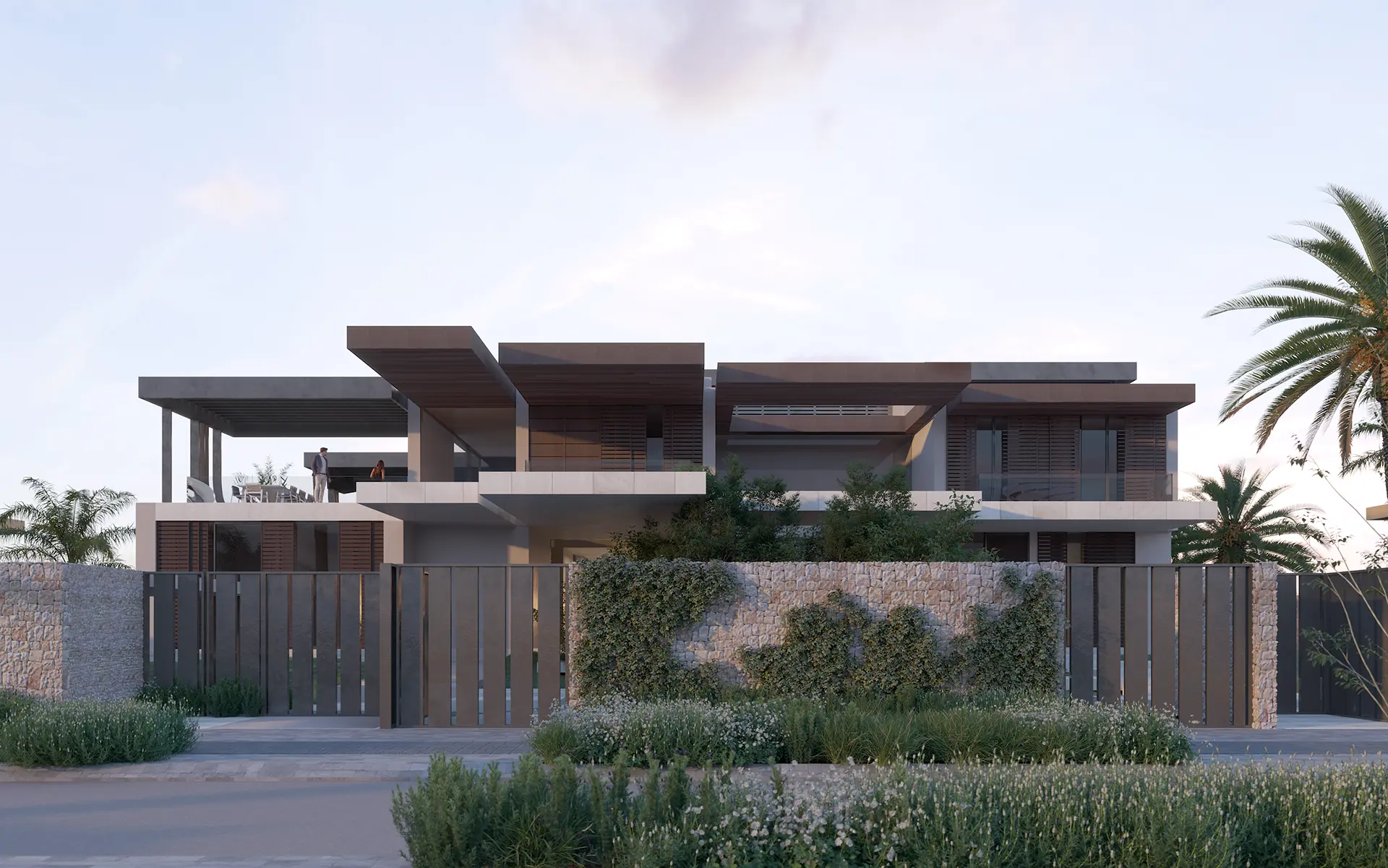

"Architecture generates a positive impact for the environment in such a way that the intervention in the landscape improves the nature through the textures, colors and scents of a tectonic architecture that blends into the landscape."
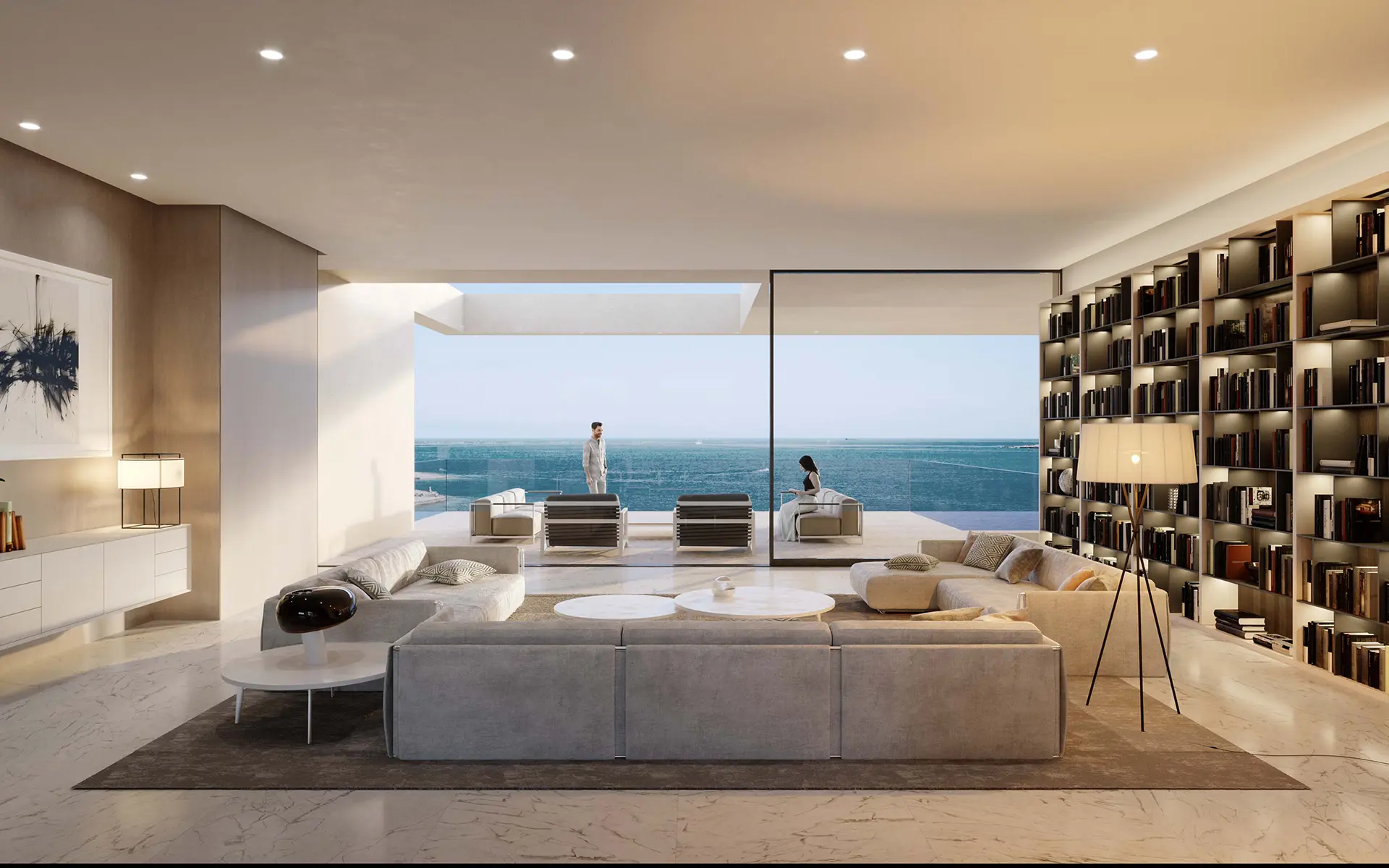

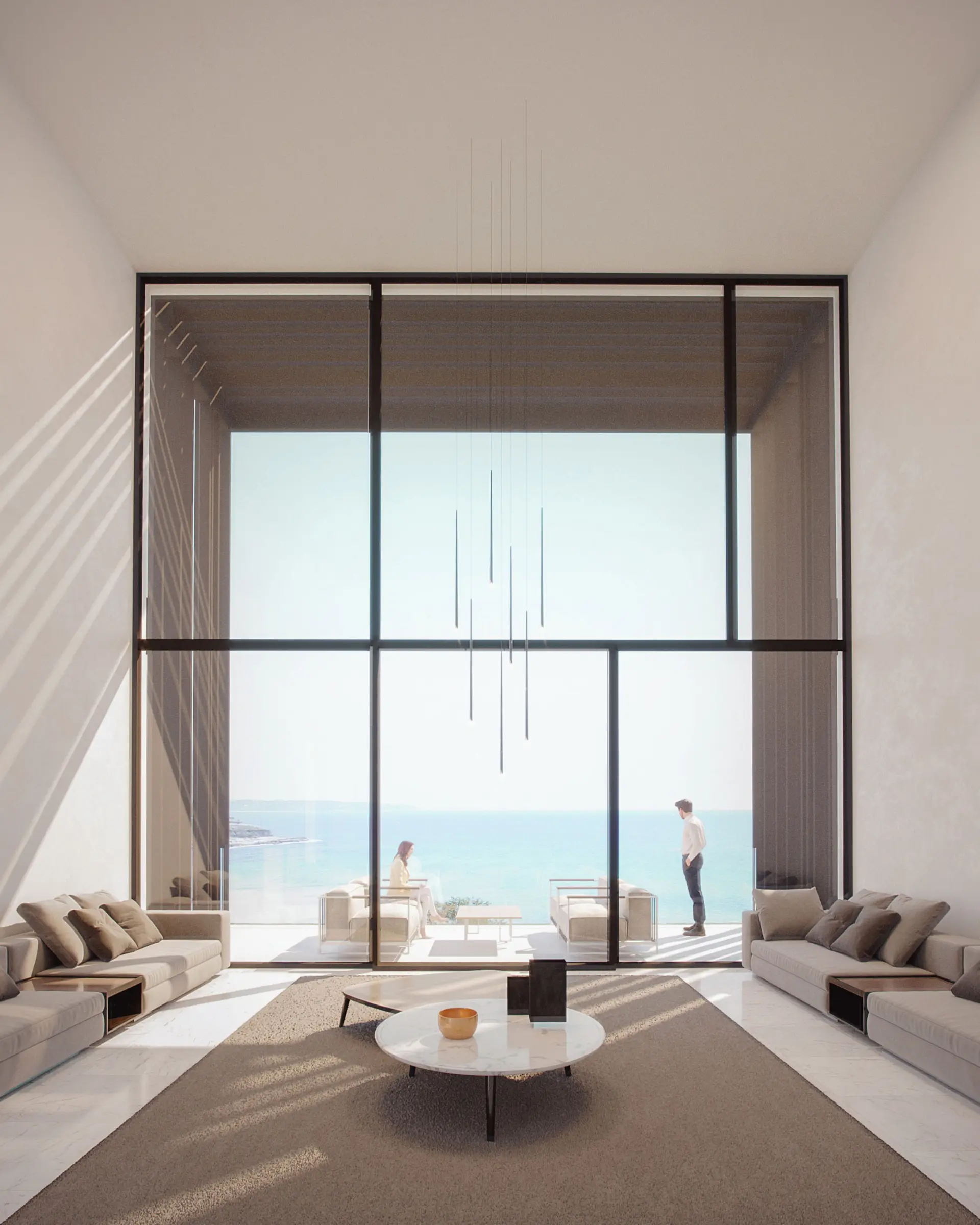
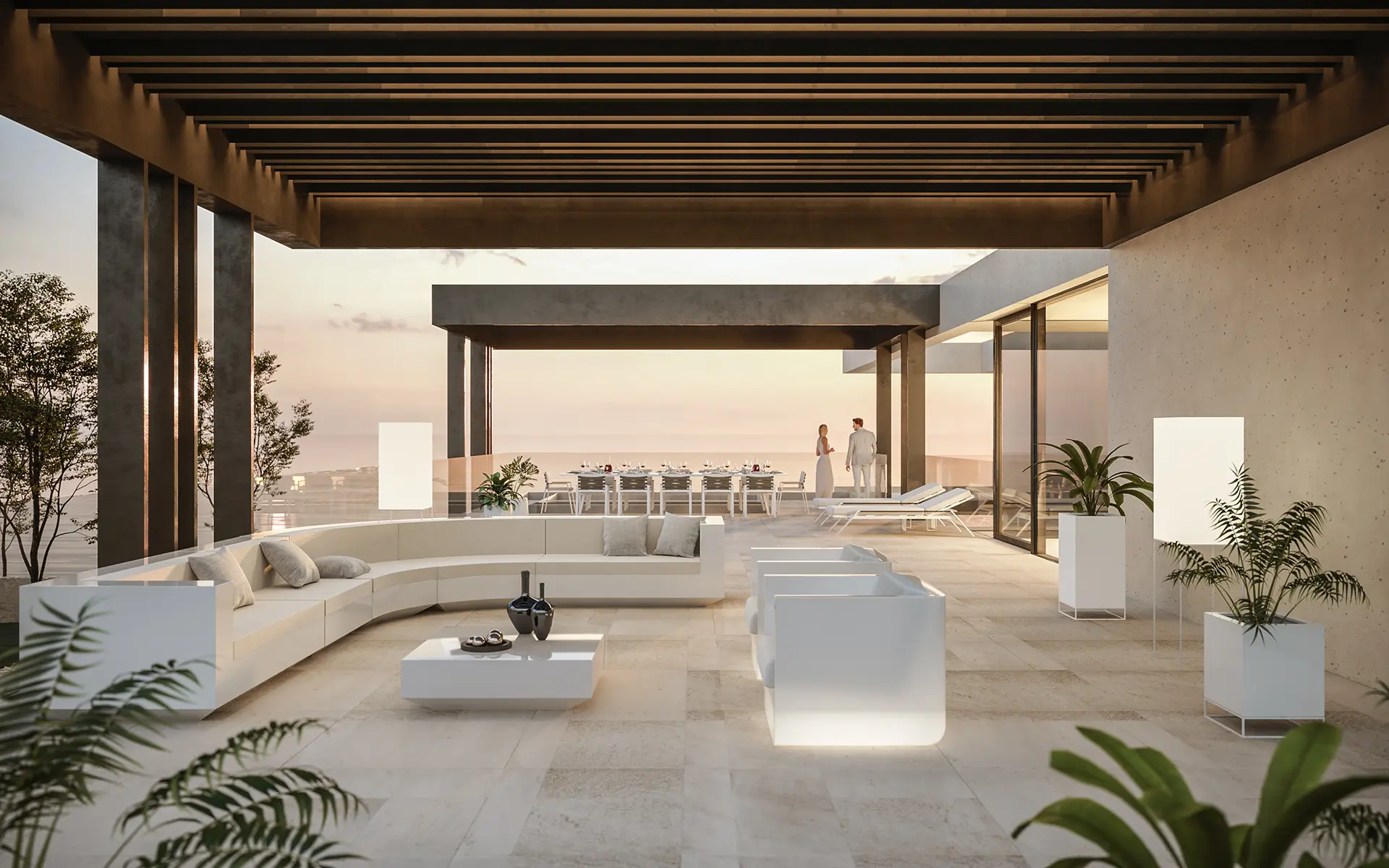
There is more than sea and beaches in the town. There is also a large green area that brings oxygen to the interior of Jubail Port and provides space for outdoor-related activities.
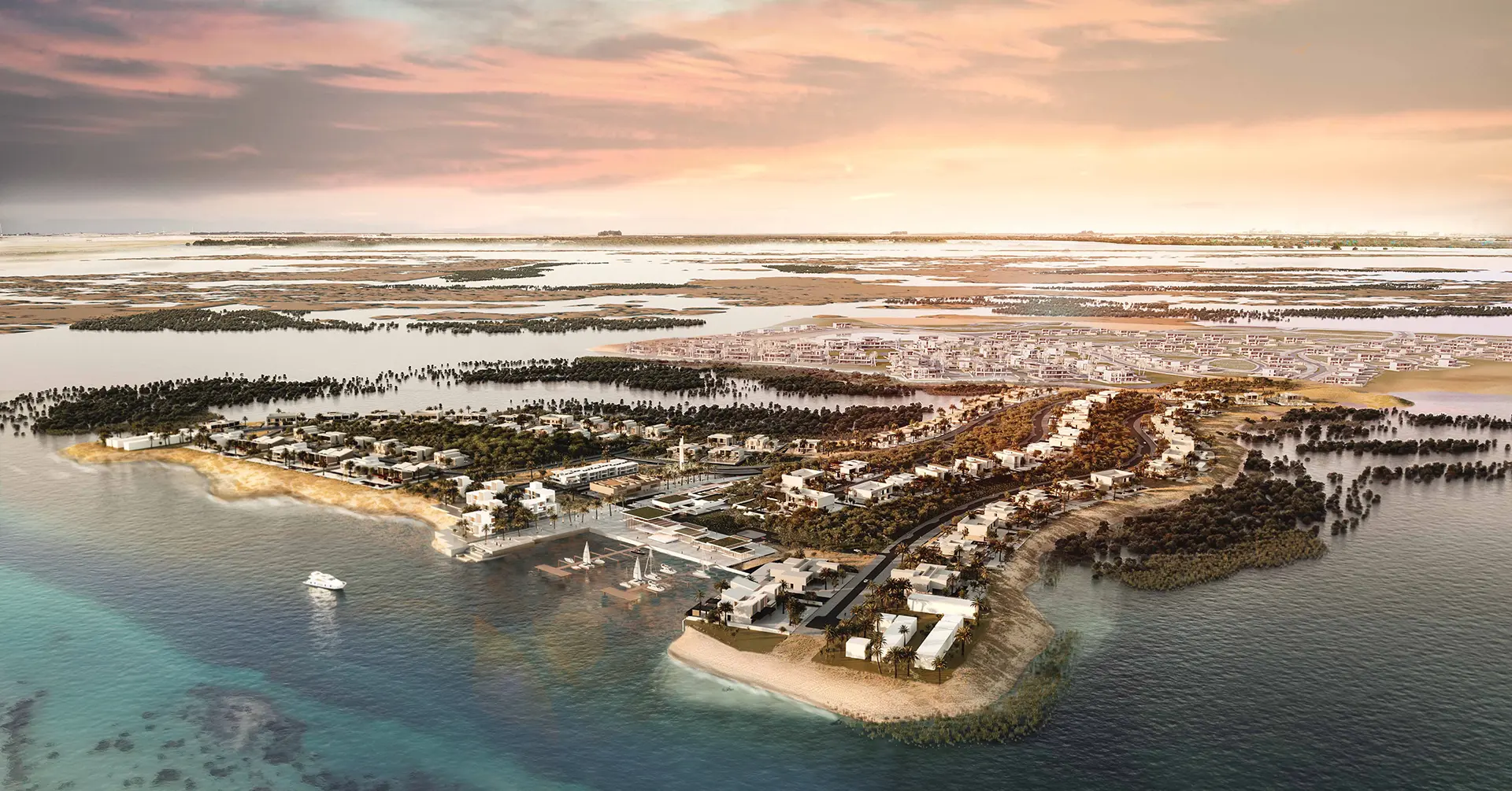
Architect
Ramón Esteve
Project Team
Jacobo Mompó
María Martí
María Luna
Juan Lluna
Teresa Lluna
Noelia Morales
Borja Martos
Jose Vidal
Building Engineers
Emilio Pérez
Carolina Tarazona
Visuals
Tudi Soriano
Pau Raigal
External Collaborators
Quatre Caps
The Node Agency
Developer
LEAD Development
Structure and Engineering
EHAF Consulting Engineers
Master Plan
Ramón Esteve Estudio
MYAA Architects
Landscaping
PARSONS Landscape Architects

